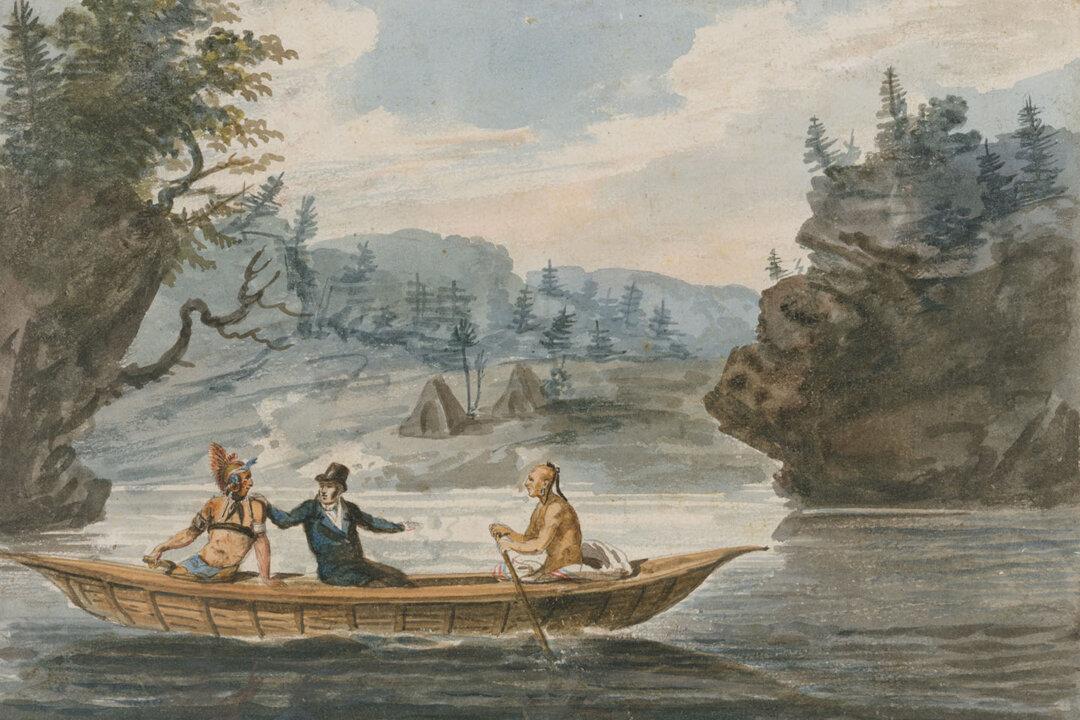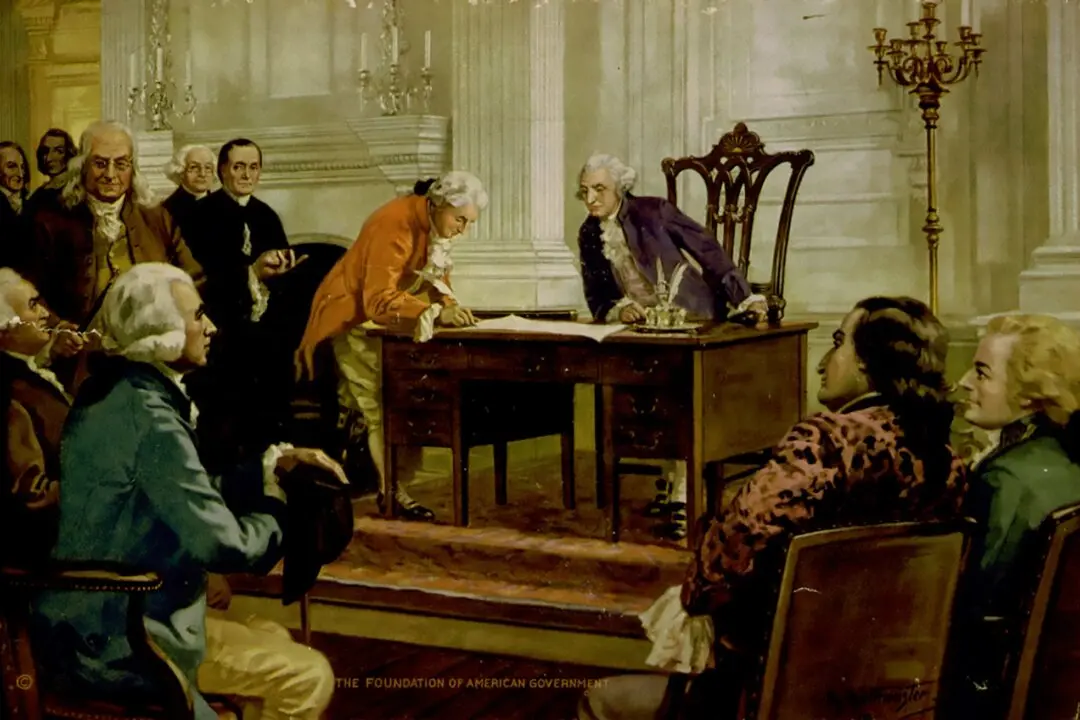It’s May 7, 1865, and the Confederate troops who have surrounded the smaller Union force in Waynesville, North Carolina, descend from the hills to accept the surrender of the invaders. Most conspicuous among the Confederates are 20 tall Oconaluftee Cherokee warriors decked out in war paint and carrying tomahawks. At their center of the group, bare-chested and in similar regalia, is their commander, William Thomas, a small man barely five feet tall, known to the Cherokee as Wil-Usdi, or Little Will.
Thomas is the only white man ever chosen as chief of the Eastern band of the Cherokee.






